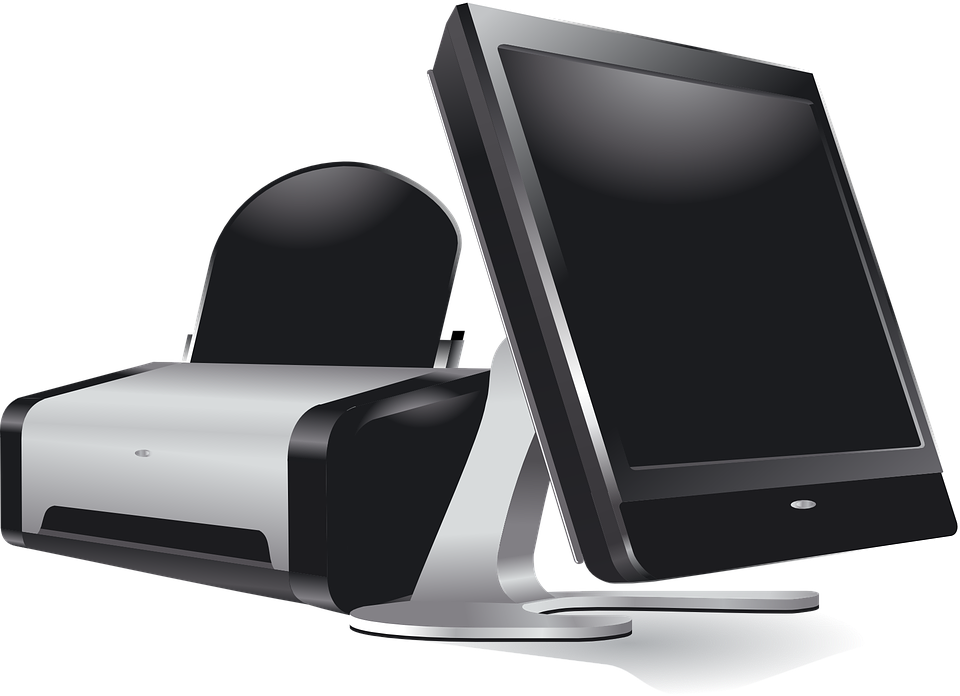We bought Nvidia shares before the hype – that’s how rich we are today
The Slave Vlasic/Getty Images; Chelsea Jia Feng/BI Nvidia has been a cash cow for investors lucky enough
Investigation by the Federal Ministry of Food: Still too much fat, sugar and salt in finished products
Finished products in Germany still contain too much fat, sugar and salt. This was the result of
How to print double-sided
With the double-sided printing you can reduce the number of sheets of paper needed to print, for
Popular Stories

Football Premier League: Brighton vs. Man City – Live Ticker – Matchday 29 – 2023/2024
26. 21:27 Too bad for Manchester City, 0-2 by Phil Foden Free kick only? There is the

We bought Nvidia shares before the hype – that’s how rich we are today
The Slave Vlasic/Getty Images; Chelsea Jia Feng/BI Nvidia has been a cash cow for investors lucky enough

Investigation by the Federal Ministry of Food: Still too much fat, sugar and salt in finished products
Finished products in Germany still contain too much fat, sugar and salt. This was the result of

How to print double-sided
With the double-sided printing you can reduce the number of sheets of paper needed to print, for
Travel & Explore the world

Football Premier League: Brighton vs. Man City – Live Ticker – Matchday 29 – 2023/2024
26. 21:27 Too bad for Manchester City, 0-2 by Phil Foden Free kick only? There is the

We bought Nvidia shares before the hype – that’s how rich we are today
The Slave Vlasic/Getty Images; Chelsea Jia Feng/BI Nvidia has been a cash cow for investors lucky enough

Investigation by the Federal Ministry of Food: Still too much fat, sugar and salt in finished products
Finished products in Germany still contain too much fat, sugar and salt. This was the result of

How to print double-sided
With the double-sided printing you can reduce the number of sheets of paper needed to print, for

Martín Ku received an unpleasant insult from abroad and this is how he reacted
Martín Ku received an unpleasant scream from abroad and fears for his continuity in the Big Brother

Inculmat toured the parishes of La Pica, Los Godos and Las Cocuizas with dance
The parishes of Maturín will dance until Saturday, April 27, with a special program promoted by the

US Senate also approves aid package for Ukraine: “Sending weapons and material this week”
The entire aid package that was approved is worth 95 billion, of which the largest part (61




:quality(85)/cloudfront-us-east-1.images.arcpublishing.com/infobae/GP4HNXAVGVF7PCJBGC2SKZ2XNA.jpg)